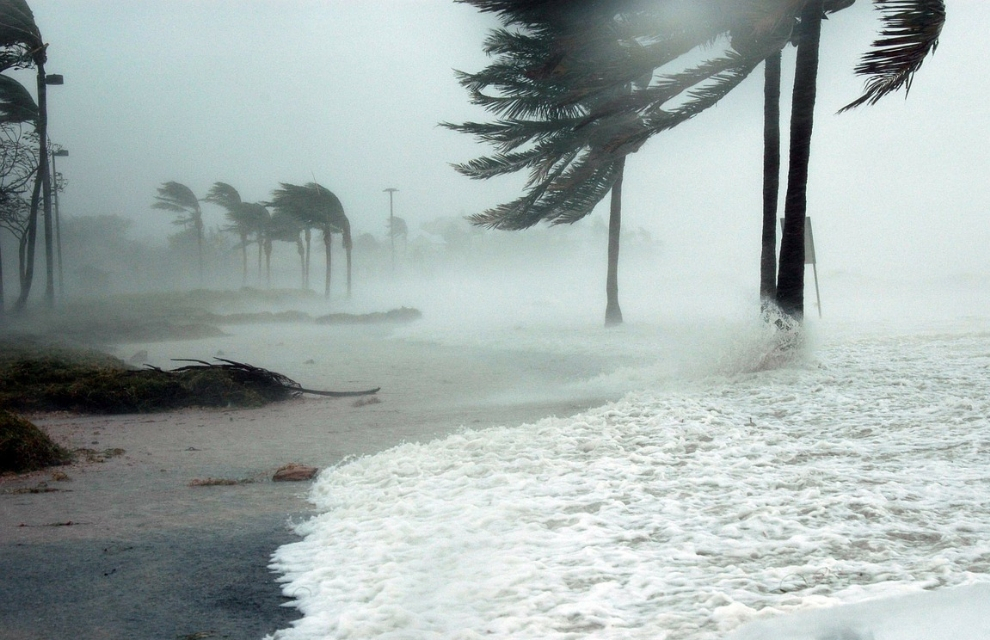Natural catastrophic events caused $225 billion in economic losses in 2018, according to the Aon Catastrophe Report.
The report, which evaluates the impact of global natural disaster events to identify trends, manage volatility, and enhance resilience, revealed that losses resulting solely from weather disasters caused $215 billion, a reduction from the record-setting losses of $438 billion in 2017.
The past two years have, therefore, resulted in the costliest back-to-back years on record for both economic losses solely due to weather-related events ($653 billion), and for insured losses across all perils ($237 billion).
According to the report, there were 394 individual natural catastrophe events last year, 42 of which caused economic losses of more than $1 billion.
Private sector and government-sponsored insurance programmes covered $90 billion of the losses, reducing the protection gap to 60 percent–its lowest level since 2005.
The year’s biggest catastrophe was the tropical cyclone peril following multiple significant landfalling storms.
Andy Marcell, CEO of Aon’s Reinsurance Solutions business, said 2018 was another active year for global natural disasters.
He stated: “While there was not a singular “mega” catastrophe event, there were 42 billion-dollar events which aggregated to a slightly above-average year.”
“The re/insurance industry continues to withstand the payouts backed up with $595 billion of capital but focus on managing the cost of changing climate and weather events by helping to close the protection gap.”
Steve Bowen, director and meteorologist at Aon’s Impact Forecasting team, commented: “Among the takeaways from the events of 2018 was the recognition that catastrophe risk continues to evolve.”
“The complex combination of socioeconomics, shifts in population and exposure into vulnerable locations, plus a changing climate contributing to more volatile weather patterns, is forcing new conversations to sufficiently handle the need for mitigation and resilience measures.”
“Natural disasters are always going to occur. How well we prepare can and will play a key role in future event losses.”




.jpg)

